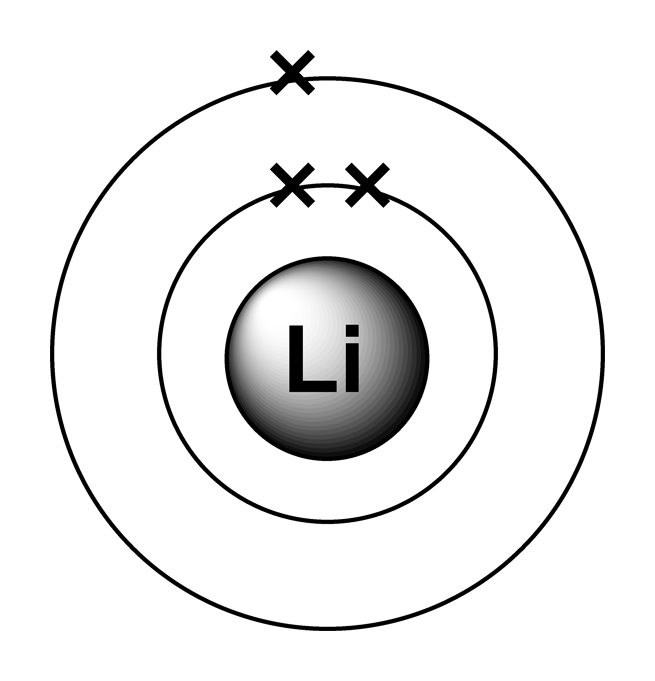

Kennou, Dispersion relations and optical properties of amorphous carbons. Robertson, Protective diamond-like carbon coatings for future optical storage disks. Charitidis, Nanomechanical and nanotribological properties of carbon-based thin films: a review. Nicholls, DLC–ceramic multilayers for automotive applications. Zhang, The high-temperature tribological properties of Si-DLC films. Zhang, Friction and wear of hydrogenated and hydrogen-free diamond-like carbon films: relative humidity dependent character. Zhang, Tuning of the microstructure, mechanical and tribological properties of a-C: H films by bias voltage of high frequency unipolar pulse. Trava-Airoldi, Photoacoustic spectroscopy and thermal diffusivity measurement on hydrogenated amorphous carbon thin films deposited by plasma-enhanced chemical vapor deposition. Mantovani, Long-term stability of hydrogenated DLC coatings: effects of aging on the structural, chemical and mechanical properties. Zhang, Comparing internal stress in diamond-like carbon films with different structure. Baldereschi, Sp2/ssp3 hybridization ratio in amorphous carbon from C 1 s core-level shifts: X-ray photoelectron spectroscopy and first-principles calculation. Therefore, this work can further guide the preparation experiment of a-C film, which has a great worth to improve the optoelectronic performance of electron emission devices.

Particularly, the peak of the absorption coefficient become higher, the half-peak width enlarges and the reflectivity is also reduced obviously, indicating that the a-C films with the larger sp 3/sp 2 hybridization ratio do increase the quantum efficiency of photocathodes to a certain extent. In addition, the optical properties of the a-C film are significantly improved as the sp 3-C content increases. Meanwhile, band structure distribution of the a-C film at density of 3.5 g/cm 3 has similarities with that of the diamond in highly symmetric points. The results show that sp 3/sp 2 hybridization ratio raises, formation energy and work function are reduced when the density increases. Work function, band structure, dielectric function, complex refractive index, absorption coefficient, reflectivity and loss function have been calculated and analyzed based on first principles. Phenom., 1980, 21, 275.To study the electronic and optical effects of amorphous carbon (a-C) films with different sp 3/sp 2 hybridization ratio, five amorphous carbon models with gradient changes of density are established. Mårtensson, "Core-Level Binding Energies in Metals," J. Lide, (Ed.) in Chemical Rubber Company handbook of chemistry and physics, CRC Press, Boca Raton, Florida, USA, 81st edition, 2000. Ley, Eds., Photoemission in Solids I: General Principles (Springer-Verlag, Berlin) with additional corrections, 1978. Burr, "Reevaluation of X-Ray Atomic Energy Levels," Rev. They are tabulated elsewhere on the WWW (reference 4) and in paper form (reference 5). The data are adapted from references 1-3. I am grateful to Gwyn Williams (Jefferson Laboratory, Virginia, USA) who provided the electron binding energy data. The binding energies are quoted relative to the vacuum level for rare gases and H 2, N 2, O 2, F 2, and Cl 2 molecules relative to the Fermi level for metals and relative to the top of the valence band for semiconductors. All values of electron binding energies are given in eV. 1967, 47, 1300.Įlectron binding energies Electron binding energies for carbon. These effective nuclear charges, Z eff, are adapted from the following references:


 0 kommentar(er)
0 kommentar(er)
